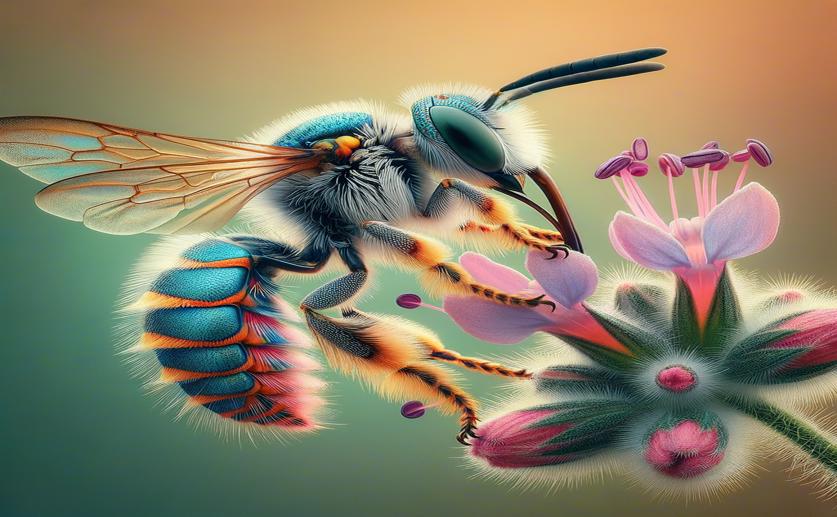
Genetic Blueprints of a Tiny Yet Remarkable Pollinator in the Neotropics
Jim Crocker
12th June, 2024

Image Source: Natural Science News, 2024
Key Findings
- Researchers from Universidade Federal do Sul da Bahia sequenced the nuclear and mitochondrial genomes of Tetragonisca angustula, a common stingless bee in Brazil
- The study provides insights into the genetic traits crucial for the bees' survival, such as disease resistance and adaptability to environmental changes
- This genomic data can help develop better conservation strategies and improve breeding programs for stingless bees
References
Main Study
1) The nuclear and mitochondrial genome assemblies of Tetragonisca angustula (Apidae: Meliponini), a tiny yet remarkable pollinator in the Neotropics
Published 11th June, 2024
https://doi.org/10.1186/s12864-024-10502-z
Related Studies
2) Why bees are critical for achieving sustainable development.
3) Stingless bee classification and biology (Hymenoptera, Apidae): a review, with an updated key to genera and subgenera.
4) The history of early bee diversification based on five genes plus morphology.
Journal: Proceedings of the National Academy of Sciences of the United States of America, Issue: Vol 103, Issue 41, Oct 2006



 6th June, 2024 | Greg Howard
6th June, 2024 | Greg Howard